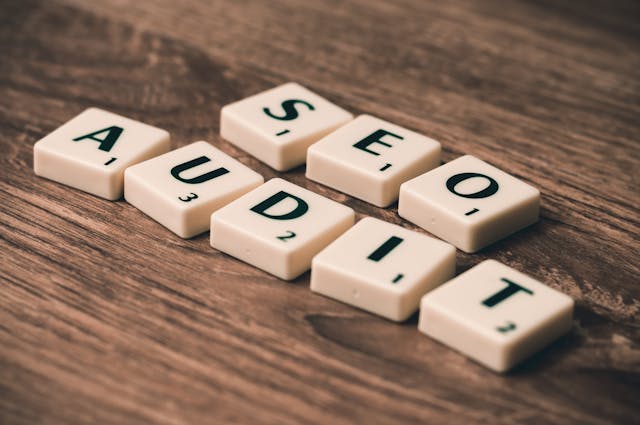Write Us: hello@ali5.org
The Ultimate Guide to SEO Basics: Everything You Need to Start Optimizing Today
Master SEO basics step-by-step! Learn on-page optimization, technical SEO, keyword research, and content strategy to boost rankings. Start driving organic traffic today.

Why SEO is more important than ever
Imagine that your website is a treasure chest that is hard to find. No one can find it without a map (SEO). SEO is like a map that helps people find your content through organic search results. SEO isn’t just a nice-to-have; it’s a must for visibility, business, and growth. There are more than 5.6 billion searches every day.
This guide is very clear. You won’t need to know anything else to start ranking higher once you know the basics of SEO.
We’ll talk about what SEO is and how it works in Part 1.
SEO changes the content, structure, and authority of your website to make it rank higher in search engines like Google. It is based on three things:
Using on-page SEO to improve the content on your site.
Technical SEO is making sure that search engines can find your site and understand what it says.
To get trust from other sites, you need to get backlinks for off-page SEO.
How search engines work:
Crawling: “Spiders” or bots go through your site.
A database keeps track of these pages.
Ranking: Algorithms determine where pages show up in search results.
Use Google Search Console to keep an eye on crawling and ranking issues.
Part 2: On-Page SEO—Content That Gets High Rankings: Focus on the things that search engines and people can see:
Put the main keywords near the beginning of the title tags, like “Best Running Shoes | Affordable & Durable.”
Meta Descriptions: Write short, interesting summaries (155 characters) that include buzzwords.
You can use keywords to make headers for your content, like “SEO Basics Guide” and “Technical SEO Checklist.”
To make your content better, figure out what the user wants. Don’t stuff your buzzwords; use them in a natural way.
Connect pages that are related to each other, such as “keyword research” to a full guide.
One way to optimize is “Shoes for Running” is not a good keyword. “Best Trail Running Shoes 2024: Lightweight & Waterproof” is a good keyword.
Part 3: Technical SEO: The Parts That Make Up Your Site
First, take care of these important issues:
How fast the site is: Use Google PageSpeed Insights. Turn on caching and make pictures smaller.
Mobile-friendly: More than 60% of the results are on phones. Check with the Mobile-Friendly Test.
Use HTTPS to protect your data. Sites that don’t use HTTPS don’t rank as high.
XML Sitemap: This will make it easier for search engines to find pages.
Use schema code to make snippets (like recipes and reviews) better with structured data.
Screaming Frog can help you find broken links, missing names, and more.
Part 4: Do some research on keywords to see what people are looking for.
Find keywords that get a lot of search traffic but aren’t too hard to compete with:
“Yoga mats” is a good example of a seed keyword that is too broad.
Long-tail keywords are more specific, like “yoga mats that don’t slip for beginners.”
Tools: Use Google Keyword Planner, Ahrefs, or SEMrush to find out about volume and competition.
To sort keywords by importance, do the following:
Relevance: Make sure you give the customer what they want.
Authority: Is your page good enough? (See the top ten).
Aim for 100 to 1000 results a month or more in volume.
Off-Page SEO: Getting People to Trust and Believe in Your Site
Google calls links from other sites “votes of confidence.”
Get them: Make studies, tools, ultimate tips, and other content that people will want to link to.
Don’t buy links or sites that send spam (risk of penalty!).
Brand mentions: Not connected? Be polite and ask for a link.
If you want to do local SEO, make sure to claim your Google Business Profile for local searches.
The sixth part is a list of steps for your SEO check.
Start right now:
Install Analytics: Google Analytics 4 can help you keep track of who visits your site.
Check the technical health by looking at the speed, the mobile user experience, and HTTPS.
Research 5 Keywords: Pick words that aren’t very popular at first.
Change the text, headers, and meta tags on the Optimize One Page.
Write a guest post or share a helpful link to get one backlink.







